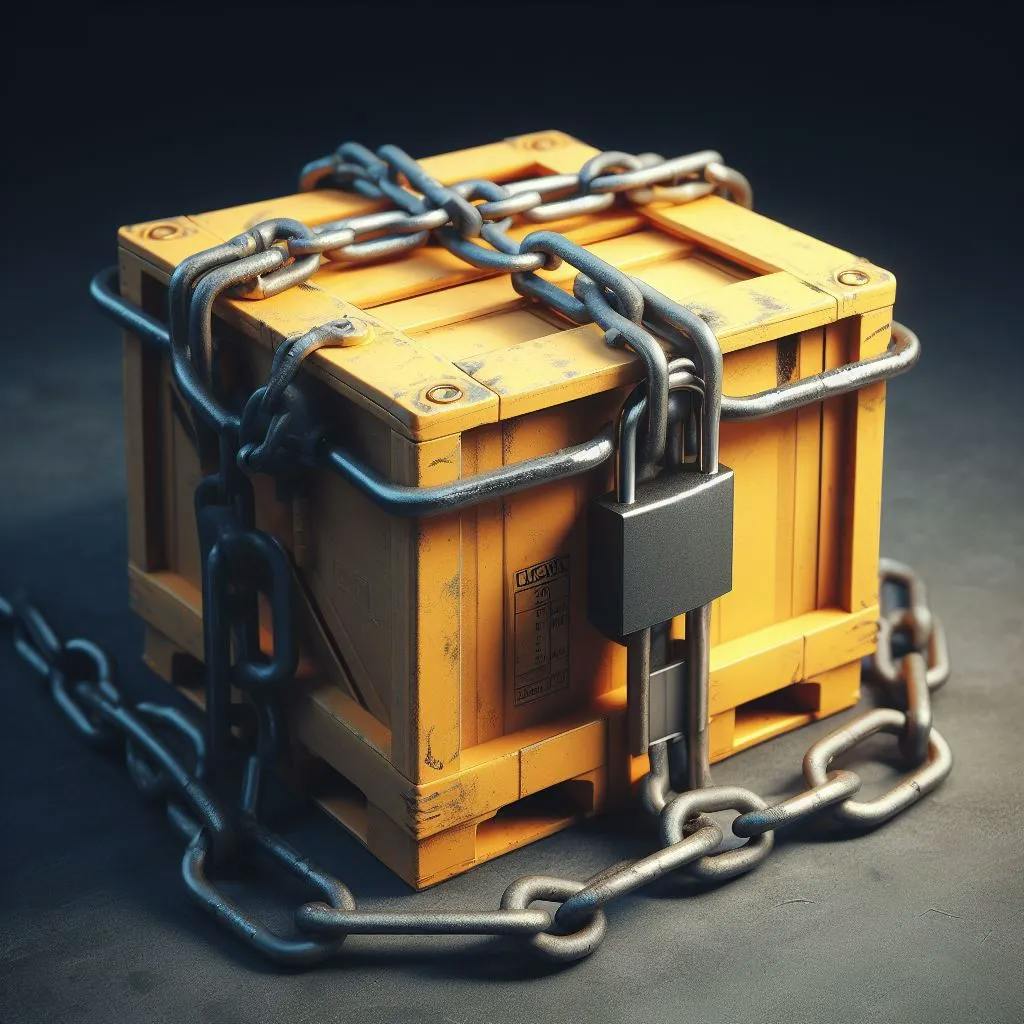Crates are invaluable for transporting goods, but the safety of your items and the people involved in the delivery process should never be compromised. Whether you're shipping fragile items or heavy machinery, implementing safety measures is essential. Here are some tips to ensure safe crate delivery:
1. Secure and Appropriate Packing
Before loading items into the crate, ensure they are properly packed and secured. Fragile items should be cushioned with adequate padding, and heavy objects should be properly braced to prevent shifting during transit.
2. Quality Materials
Use sturdy and high-quality crates that can withstand the rigors of transportation. Crates made from durable materials like wood or steel are preferable, as they provide better protection for your items.
3. Proper Labeling
Clearly label each crate with its contents and any handling instructions. Use caution labels for fragile or hazardous items, and provide clear information on weight limits and handling guidelines.
4. Weight Distribution
Distribute weight evenly within the crate to maintain balance. This prevents crates from toppling over or causing strain during loading and unloading.
5. Secure Latching and Locking Mechanisms
Ensure that the crate is securely closed and locked with reliable mechanisms. This prevents accidental openings during transport.
6. Quality Handling Equipment
Use appropriate handling equipment such as forklifts, pallet jacks, or cranes, depending on the crate's size and weight. Improper handling can lead to accidents and damage.
7. Trained Personnel
Hire or train personnel who are experienced in handling crates. Proper training reduces the risk of accidents and ensures efficient handling.
8. Route Planning
Plan the transportation route carefully, taking into account road conditions and potential obstacles. Avoid routes with excessive bumps or rough terrain to minimize vibrations and impacts on the cargo.
9. Regular Inspections
Conduct regular inspections of crates and the vehicles used for transportation. Ensure that all equipment is in good working condition and make any necessary repairs promptly.
10. Emergency Protocols
Have emergency protocols in place for unforeseen circumstances such as accidents, inclement weather, or road closures. This ensures a prompt and safe response to unexpected situations.
11. Insurance Coverage
Consider insurance coverage for the items being transported. In case of any unforeseen events, insurance can provide financial protection.
By implementing these safety measures, you can ensure that your crates and their contents are delivered securely and efficiently, minimizing the risk of damage and accidents. Prioritizing safety in crate delivery not only protects your investment but also ensures the well-being of those involved in the transportation process.
